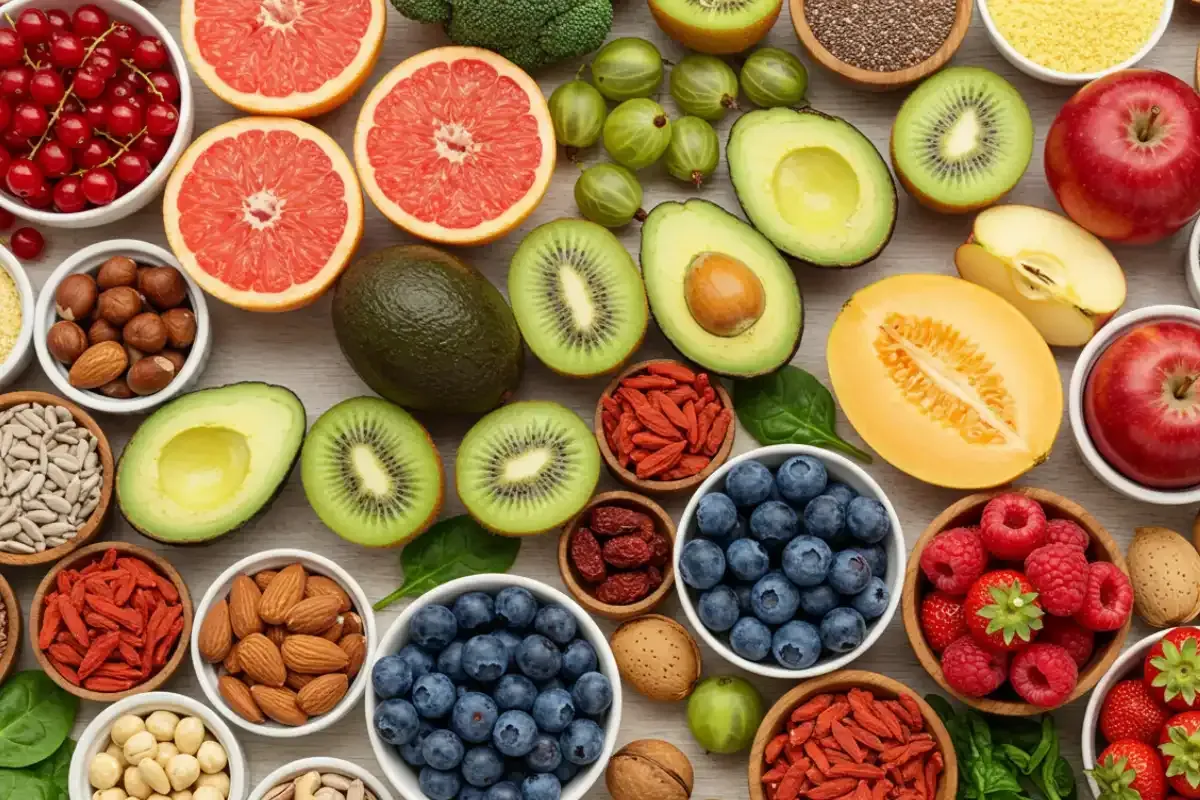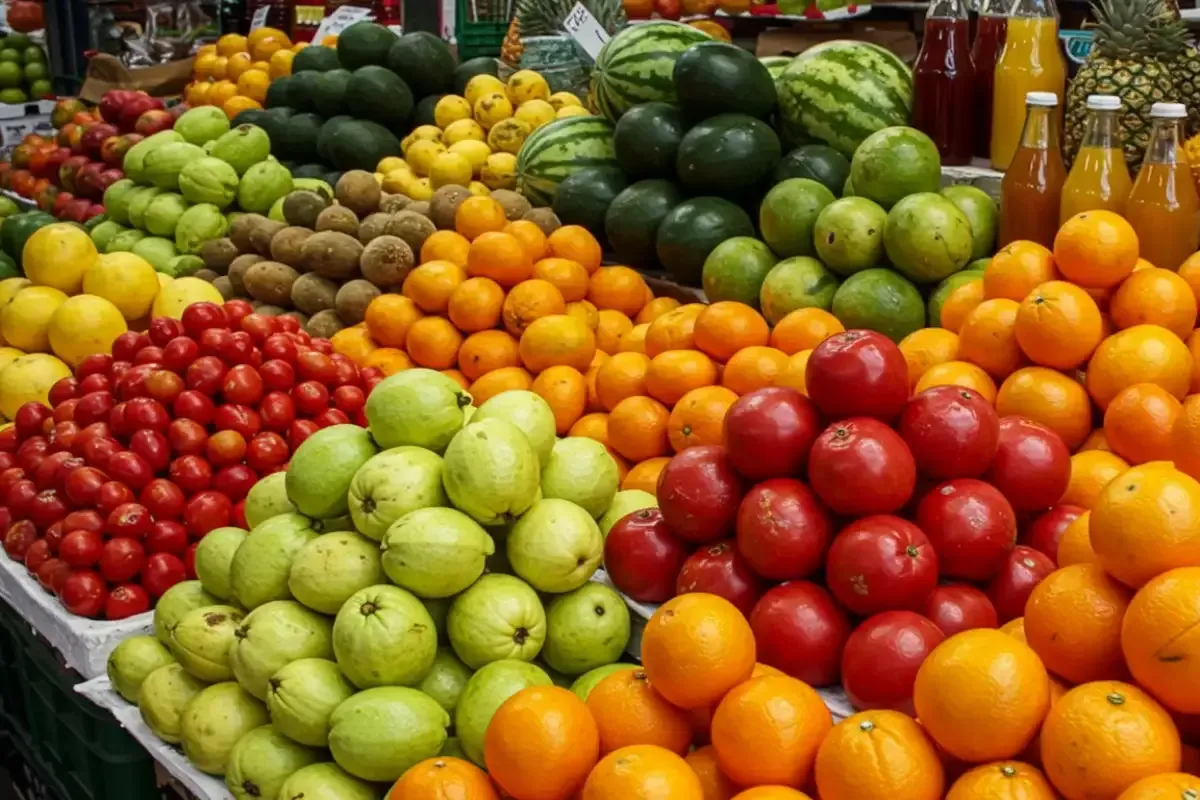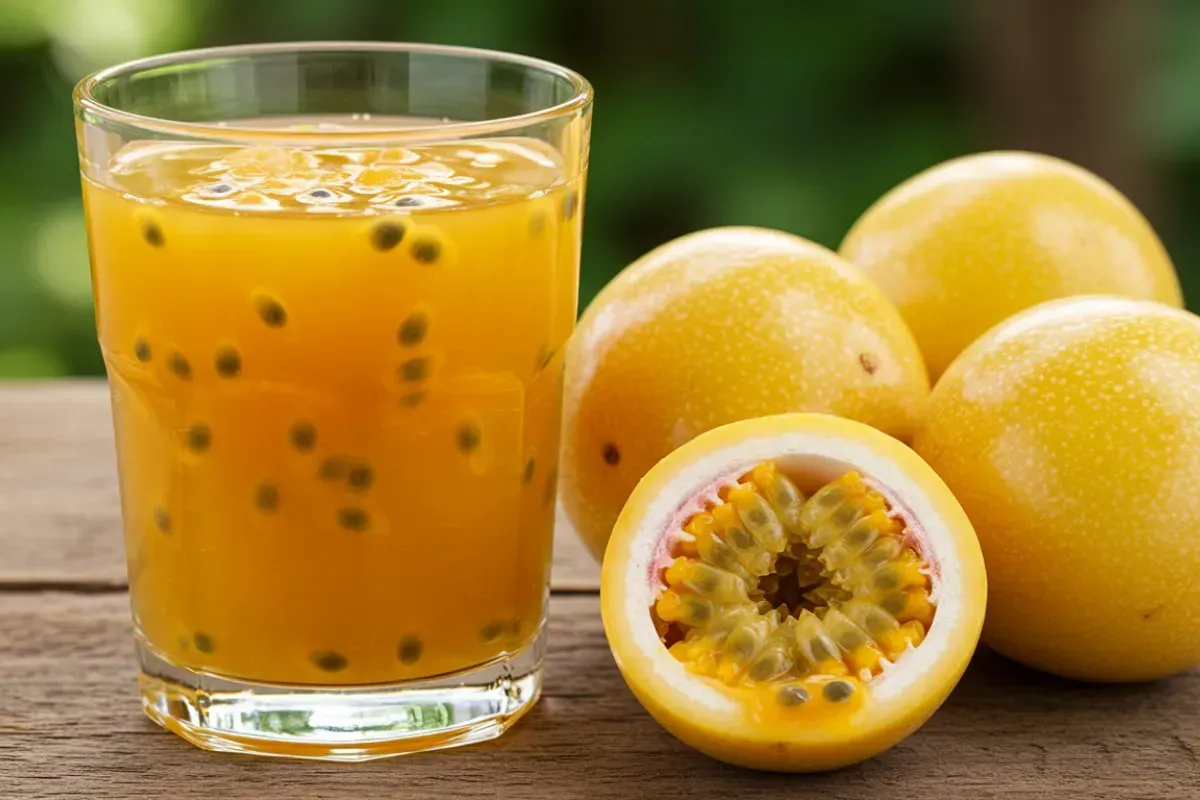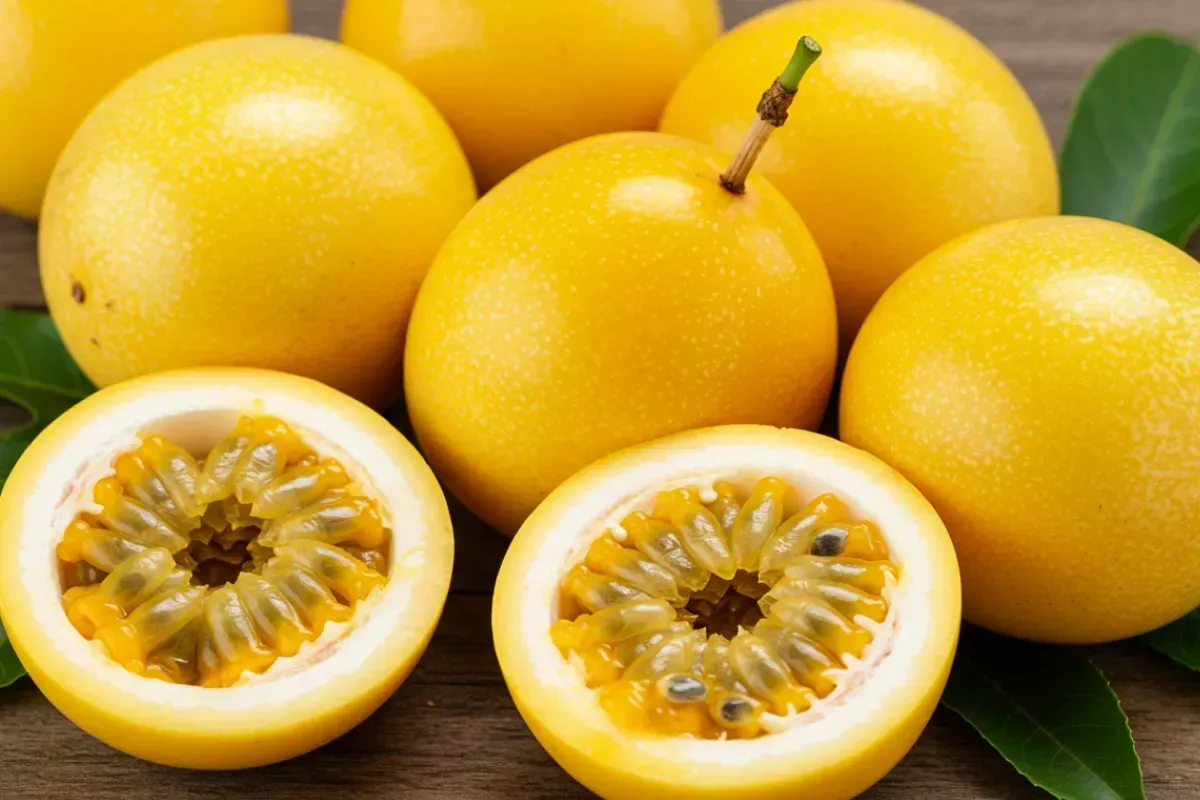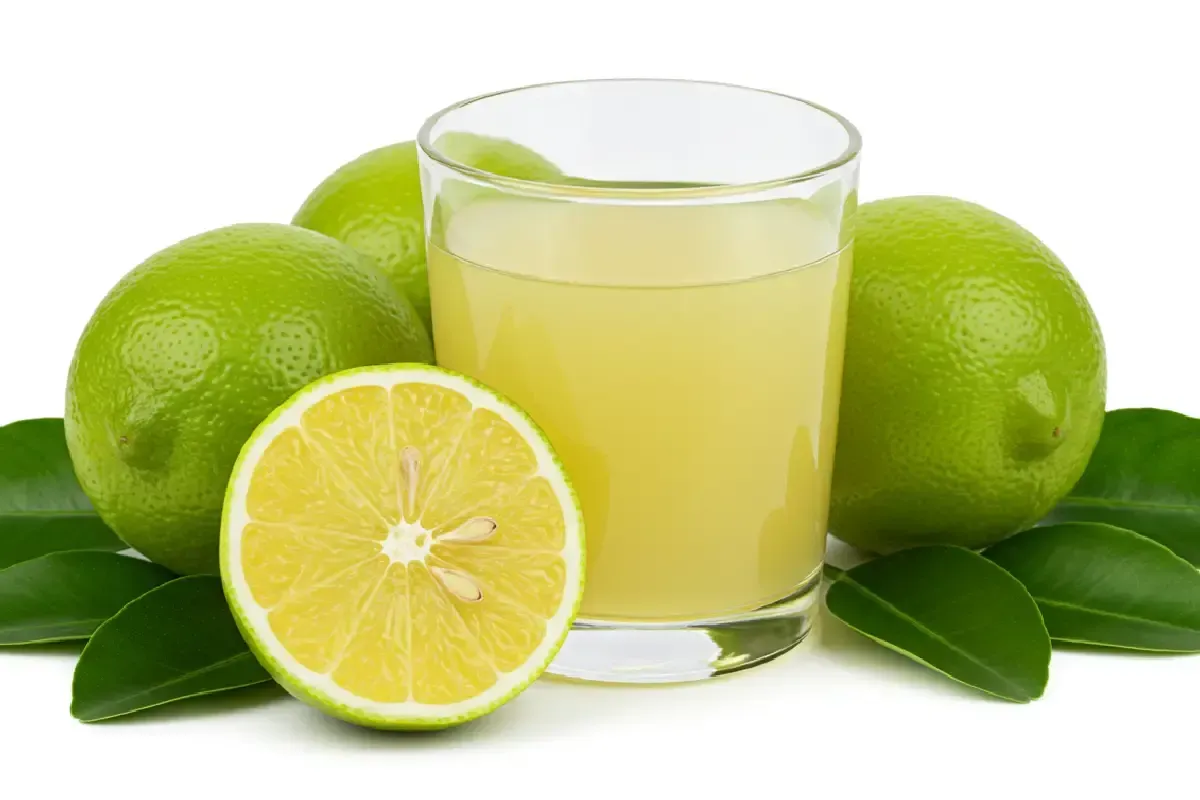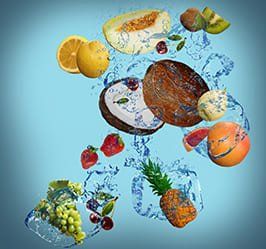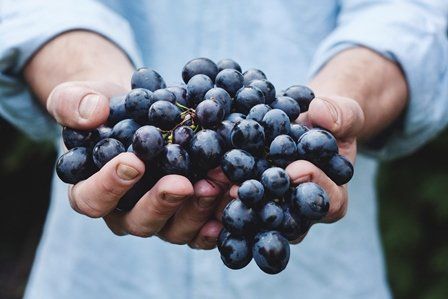Papaya fruit and its application in food production

Nowadays, consumers around the world are becoming more and more interested in natural food products. This tendency is related to health concerns and their relationship to the use of artificial ingredients and additives in the production of these products (Persistence Market Research, 2023). Therefore, it is important to discuss how papaya fruit stands out as a versatile input to address this trend.
All you need to know about papaya fruit
It is originally from Central America and northern South America. Currently, people cultivate it in tropical areas all over the world. It has a slightly sweet flavor and a characteristic aroma. As well, its pulpy, succulent texture is well-known. People often consume this fruit fresh or use it as an ingredient in drinks, confectionery, salads, sauces, or baked goods (Britannica, 2024).
An overview of the global market
One of the major drivers of this market is the growing intake of fruit to keep a healthier diet. Regarding this, papaya fruit stands out for its high content of fiber and vitamins, such as C, A, and B9. In addition, it has minerals such as potassium, calcium, and magnesium (TechNavio, 2023; TechNavio, n.d.).
The leading trend is an increased awareness of the benefits of eating this fruit (TechNavio, 2023).
Furthermore, as previously noted, although people frequently eat it fresh on its own or in salads, it is also a component of some processed meals. TasteWise (2024), for example, notes that its popularity as a snack is growing.
Papaya fruit: applications in the food industry
Experts consider that, in the coming years, this fruit will be in high demand for food production (TechNavio, n.d.). Its potential goes beyond its fresh version: it is also positioned as an attractive input in other modalities. This is the case of frozen fruits with the IQF technique (Individual Quick Freeze), which prevents the pieces from sticking together. Each of them is frozen by a process called fluidization. This process preserves each one individually. The technique is particularly advantageous for pulpy fruits such as papaya fruit (Persistence Market Research, 2023).
On the other side, the use of purees of tropical fruits, such as this one in food production, is a way to venture into various current consumption trends.
For example (OG Analysis, 2024):
- Functional food.
- Options for vegetarian and vegan diets.
- Organic, sustainable, and clean label production.
Moreover, purees are a useful format for manufacturers. Preserves the nutritional value of the fresh fruit and improves the flavor, texture, and appearance of the finished product. Additionally, it works as a natural sweetener. And, on top of that, it provides logistical advantages, as it is easier to transport and store than fresh fruit (Persistence Market Research, 2023).
The puree of this fruit is ideal for the production of confectionery products, such as jams and snacks. Likewise, it is an important ingredient in the production of beverages. In fact, US consumers are showing a strong interest in this fruit drinks in particular (Hasegawa, 2022).
This is how the benefits and properties of papaya fruit make it a useful input to attract consumers.
Referencias Bibliográficas
- Britannica. (2024, March 1). Papaya.
- OG Analysis. (2024). Tropical Fruit Puree Market: Industry Size, Share, Competition, Trends, Growth Opportunities and Forecasts by Region - Insights and Outlook by Product, 2024 to 2031). Research and Markets.
- Persistence Market Research. (2023). Frozen fruits market. Global market study on frozen fruits: demand for tropical fruits to remain high.
- Persistence Market Research. (2023). Fruit puree market.
- TasteWise. (2024). Papaya trends - consumption analysis and statistics 2024 report. Report.
- TechNavio. (2023). Global Papaya Market 2023-2027. Research and Markets.
- Hasegawa, T. (2022). Food and Beverage Flavor Trends Report.

